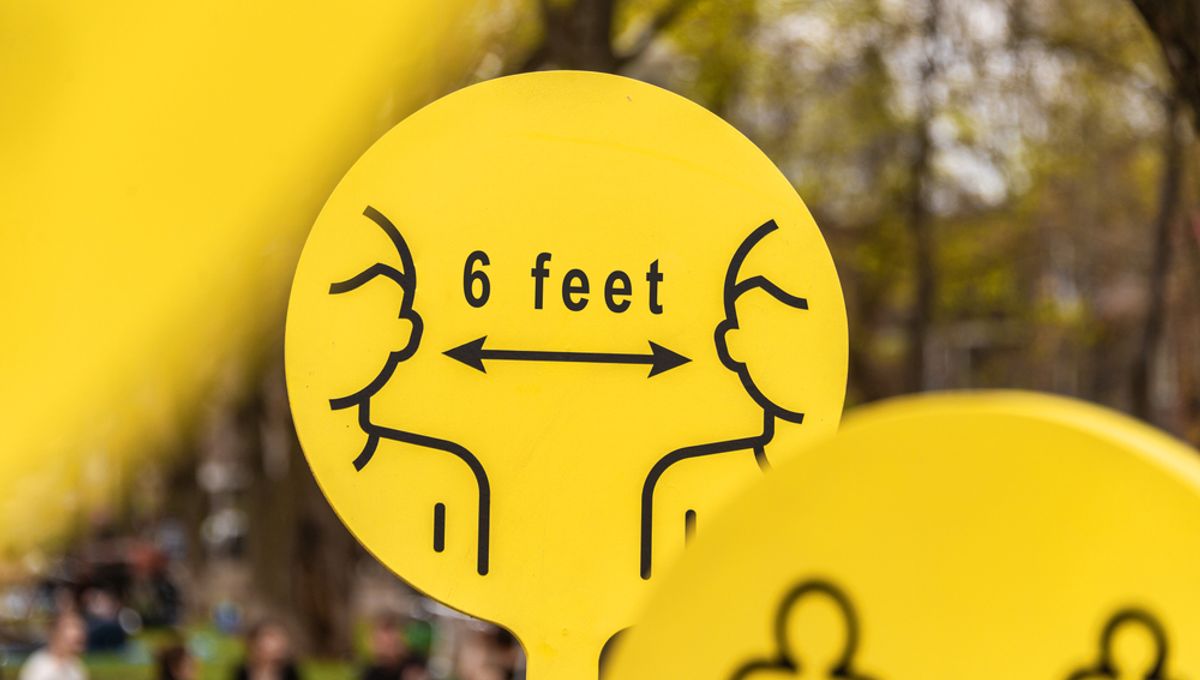
If you’re confused as to why we have started measuring asteroids in giraffes, ferrets, and other wonderful units then we have no explanation for you. On the other hand, new research reveals that body parts like feet, hand spans, and arm-lengths are actually more useful yardsticks than most standardized units of measurement, which may account for why they have been used by so many cultures throughout history.
According to the authors of a new study, the ancient Egyptians began using their bodily appendages as tape-measure as early as 2700 BCE, when the cubit – equalling the distance from elbow to fingertip – became widespread. To investigate the use of bodily measuring units in other traditions, the researchers scoured ethnographic data relating to 186 past and present cultures from across the world.
In every one of these civilizations, the authors found evidence of body parts being used as units of measurement. For instance, in addition to many modern cultures, they report that “traditional Chinese, Roman, Greek, Aztec, and Maya measurement systems also used body-derived standards for measurement.”
Across the 186 societies studies, the researchers identified 85 that measured distances in arm spans – otherwise known as fathoms – as well as 81 that used hand spans and 76 that used cubits. Noting the ubiquity of these bodily units, the authors say that feet, hands, arms, and legs may actually be superior to meters and other standardized measures in a number of ways.
Breaking down these benefits, the researchers identify “four cognitive-cultural mechanisms that help explain why body-based units have been used to begin with, and why they were still often preferred to standardized units up until the recent past.” The first of these they label “ergonomic design”, and is exemplified by the Arctic kayaking cultures who built their vessels in proportion with the arm length of the user, thus ensuring a perfect fit.
The second mechanism, “motor efficiency”, refers to the ease of using body parts to take measurements while performing the task at hand. This is highlighted by the Samoan method of measuring three-ply braid in arm-lengths called ngafas. Rather than halting one’s activity to measure the cord, the braider can continually keep tabs on its length by letting it hang against their arm as they work.
Next, the authors point out that body parts are convenient units of measurement as they are always available, whereas a measuring stick calibrated to some standard unit is not. Finally, they mention that using the body to calculate size allows for the integration of local knowledge in ways that more abstract units do not.
For instance, they describe how Mapuche ponchos are precision tailored by measuring the distance “from the neck to halfway between the waistline and knee, and from neck to thumb with arm outstretched.”
In contrast, the researchers say that standard units of measurement are more appropriate for “statecraft-related activities such as intercultural commerce, regulation, and taxation.”
“This would also explain why standardized units primarily emerge through the influence of empires and large states,” they write. On a practical level, though, they insist that “body-based units have had, and may still have, advantages over standardized systems.”
“This helps explain the persistence of body-based measurement centuries after the first standardized measurement systems emerged,” they conclude.
The study is published in Science.
Source Link: Why Do We Still Measure Distances In Feet And Other Body Parts?